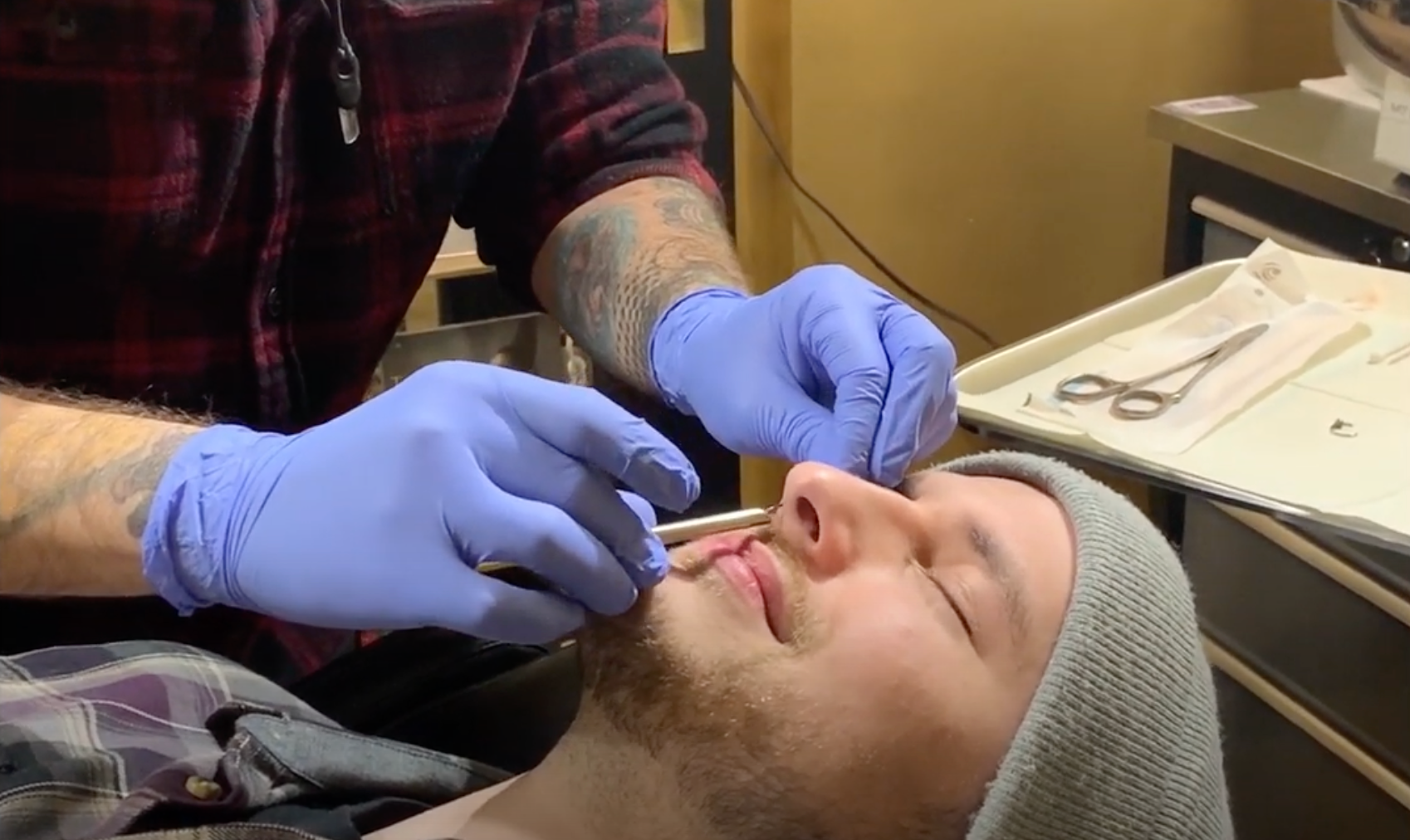One of the most important – if not the single most important – tool in your piercer’s studio is the autoclave. It sterilizes jewelry, gloves and tools and prevents the transmission of nasty bacteria. However, most people who go in for a piercing have no idea how it works. In fact, most of us have never seen one! So, let’s talk about this incredibly important device, how it works, and what to ask your piercer about it.

First of all, what is an autoclave? It’s a machine with a sealable vessel inside. You place the items you are sterilizing into individual packages to prevent cross-contamination and then load them into the machine. The autoclave is then sealed tightly and a either a pump will fill it with steam to create a vacuum or a vacuum pump will do the same job. Once the vacuum has been achieved, steam is then pumped into the chamber at a high temperature to create high heat and pressure. That combination is maintained for a required amount of time to kill any bacteria or other pathogens that may be on the items.
Once the required time has passed, the items can be removed. Safely sealed within their special packaging, they are not only sterile but can be handled by the packaging to prevent re-contamination. (If you’ve ever noticed your piercer bringing your jewelry out in a blue, papery envelope with a clear window, this is the packaging, and it means your jewelry has been run through the autoclave. It’s a good thing and a sign that you’re in the right place. If you’re getting a piercing and your piercer simply presents you with a loose piece of jewelry, you might want to ask to have them get another and open it in front of you. It’s your piercing, don’t be afraid to ask.)
Many piercing studios have a special sterilization area where the autoclave is kept. This, again, prevents cross-contamination. If you are walking into a piercing studio and feel unsure about their standards of cleanliness, ask to see the autoclave. Remember that using dry heat or soaking in liquid is not enough for sterilization purposes. You can even make sure the autoclave is working properly by asking to see the most recent spore test. A spore test is when samples of highly heat-resistant bacteria (like staph or Hepatitis) are run through the autoclave. The samples are then sent out to a lab to verify that no microorganisms are still alive. If anything has survived the autoclave, it is not functioning correctly, and we would strongly suggest that you not get pierced anywhere without a functioning autoclave on site. Again, this is your piercing, and many piercers are happy to explain what goes on behind the scenes. Whatever questions you ask, they’ve undoubtedly heard before. So don’t be afraid to ask questions!
When people go for piercings, they generally spend a great deal of time looking at the piercer’s portfolios and checking out the quality of the jewelry. Meanwhile, one of the single most important items in the entire studio often gets overlooked. The autoclave is what keeps you safe and keeps your piercing from contamination. Without this machine, body piercing as we know it would be virtually impossible without causing infections. Let’s not ignore this vital piece of equipment that keeps us safe and prevents the spread of disease so that we can continue to modify ourselves and support an industry we love!






